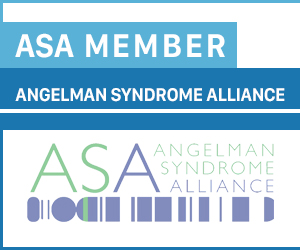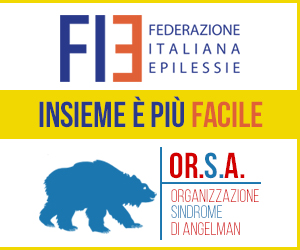Capire come UBE3A è regolato e che proteine regola a sua volta è fondamentale per capire come la perdita di UBE3A provochi AS. Questo progetto validerà le proteine recentemente identificate (in un saggio di tipo two-hybrid) come target di UBE3A (UIPs) in un innovativo sistema batterico nel quale il processo eucariotico del sistema dell’ubiquitina è stato ricostruito, oppure in cellule HEK293 dove UBE3A è downregolata.. Poichè tre UIPs sono già noti per interagire con la regione N-terminale di UBE3A, mutazioni di pazienti che sono presenti in questa regione di UBE3A saranno testate per vedere se influenzano l’interazione con i target UIPs. UIP2 ha mostrato di interagire con la regione di UBE3A che è legata dall’attivatore virale E6. dunque il progetto ha proposto di caratterizzare ulteriormente l’interazione UIP2-UBE3A per determinare se UIP2 è un attivatore di UBE3A. Questo progetto è innovativo e ben progettato, e presenta forti dati preliminari. I UIPs sono intriganti, soprattutto visti i risultati preliminari con UIP2 come potenziale attivatore di UBE3A. Questi studi sono suscettibili di avere un impatto significativo sulla nostra comprensione della UBE3A e di AS.
Dr. Ben Distel – (AMC Medical Research B.V., Amsterdam Olanda)- importo progetto € 120,000, – Avvio giugno 2015 – Fine luglio 2017; entitled: Elucidating the molecular mechanisms underlying E6AP function in the brain
Understanding how UBE3A is regulated and which proteins UBE3A itself regulates, is critical for understanding how UBE3A loss causes AS. This project will identify critical E6AP target(s) in the brain, study the regulation of the levels and activity of the E3 ligase and characterize UIPs which may be critical targets of UBE3A or critical regulators of UBE3A.
UIPs may thus represent key drugable targets for potential therapeutics for AS. During this research, newly identified proteins that interact with UBE3A in a two-hybrid assay will be validated in a highly innovative bacterial system where the eukaryotic ubiquitin system has been econstituted, or in HEK293 cells where UBE3A will be downregulated. As three of the UIPs are already known to interact with UBE3A’s N-terminal region, patient mutations that are present in this region of UBE3A will be tested to see if they affect interaction with the UIPs. UIP2 has been shown to interact with the region on UBE3A that is bound by the viral activator E6. Thus the PIs proposed to further characterize the UIP2-UBE3A interaction to determine if UIP2 is an activator of UBE3A. This project is innovative and well designed with strong preliminary data. The UIPs are intriguing, especially given the preliminary results with UIP2 as a potential activator of UBE3A. These studies are likely to have a significant impact on our understanding of UBE3A and of AS.
Basta poco di ognuno per fare molto







